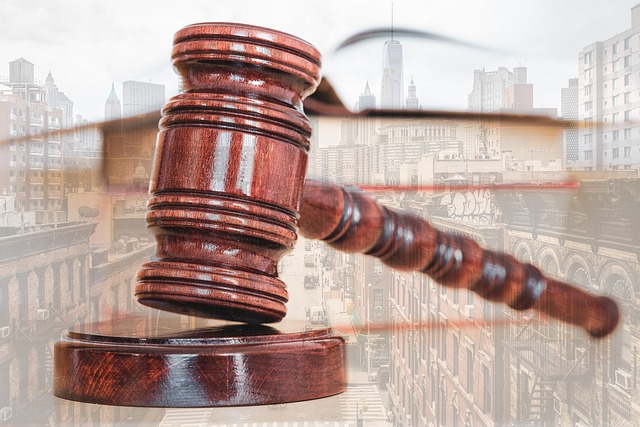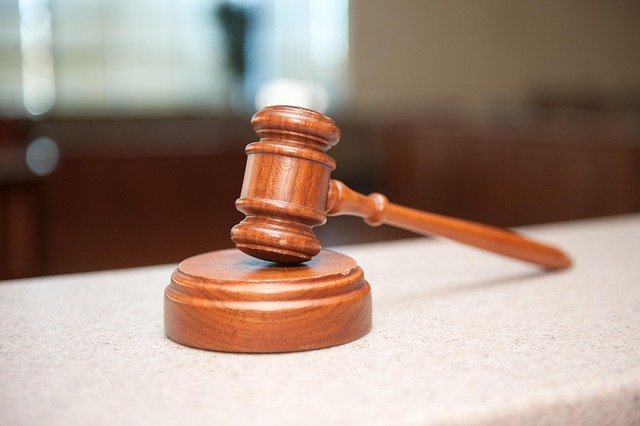Regulatory compliance is essential for mitigating white-collar crimes, requiring businesses to adhere to laws and protect consumers. The Role of Evidence in Establishing Criminal Intent is critical throughout investigations and legal processes, especially in complex cases like fraud and embezzlement. Legal teams navigate intricate financial records and digital forensics to challenge evidence admissibility and protect defendants' rights. Businesses should proactively implement strong internal controls, conduct regular risk assessments, stay current with regulations, and maintain meticulous records to ensure robust compliance and mitigate risks effectively.
Regulatory compliance is essential for any organization to navigate legal requirements and maintain integrity. This article delves into the intricacies of regulatory compliance issues, focusing on a critical aspect: the role of evidence in establishing criminal intent. We explore fundamental concepts, challenges in attribution, and strategic approaches to mitigate risks. By understanding these key elements, businesses can foster robust compliance and avoid legal pitfalls, ensuring long-term success. Uncover practical insights on managing evidence and navigating complex regulatory landscapes.
- Understanding Regulatory Compliance: The Basics
- Evidence and Criminal Intent: A Critical Link
- Challenges in Attributing Criminal Intent
- Strategies for Robust Compliance and Mitigating Risks
Understanding Regulatory Compliance: The Basics
Regulatory compliance is a complex yet essential aspect of any business operation, particularly in the realm of white collar and economic crimes. It involves adhering to laws, regulations, and rules set forth by governing bodies to ensure fair practices and protect consumers and stakeholders. The role of evidence in establishing criminal intent is pivotal throughout all stages of the investigative and enforcement process. In cases of white collar defense, legal teams must navigate this intricate web, where every document, record, and transaction can serve as crucial evidence.
Understanding regulatory compliance begins with recognizing its fundamental purpose: to maintain integrity within industries known for complex transactions and high-stakes decisions. This is especially critical in preventing and prosecuting white collar crimes, which often involve sophisticated schemes and subtle violations. The onus lies not only on businesses to uphold these standards but also on investigators and prosecutors to interpret evidence accurately, ensuring a fair and just outcome.
Evidence and Criminal Intent: A Critical Link
In criminal cases, evidence plays a pivotal role in establishing the accused’s criminal intent, which is a fundamental element for conviction. The link between evidence and criminal intent is crucial, as it serves as the foundation upon which a successful prosecution or defense rests. Without robust evidence, attributing criminal intent becomes speculative, leading to potential unfair trials and, in some cases, avoiding indictment.
Understanding this dynamic is particularly relevant in white-collar defense, where general criminal defense strategies often focus on challenging the admissibility and weight of evidence. Skilled legal professionals navigate the complexities of financial records, digital forensics, and witness testimonies to build a robust defense. By carefully examining the role of evidence in establishing criminal intent, defendants can ensure their rights are protected and work towards achieving favorable outcomes in even the most labyrinthine cases.
Challenges in Attributing Criminal Intent
The attribution of criminal intent is a complex challenge in regulatory compliance investigations, especially when dealing with white-collar offenses. In many cases, crimes like fraud or embezzlement are committed over an extended period, making it difficult to ascertain the perpetrator’s state of mind at each step. The role of evidence in establishing criminal intent is paramount; however, it can be intricate and nuanced. Investigators must navigate a web of financial transactions, digital trails, and witness testimonies to piece together the timeline and motivations of the offender. This process becomes more intricate when dealing with corporate and individual clients, as the lines between their activities can blur, complicating the attribution of criminal intent at any given stage of the investigative and enforcement process.
The challenge is further exacerbated by the fact that white-collar defenses often hinge on technicalities and gray areas in regulations. Accusing someone without clear evidence of a malicious or knowing intent can lead to legal complications and potential acquittals. Thus, the effective use of evidence becomes critical in securing convictions for such offenses. This involves not just gathering relevant data but also interpreting it accurately to demonstrate an individual’s or organization’s culpability in the eyes of the law.
Strategies for Robust Compliance and Mitigating Risks
To ensure robust compliance and mitigate risks effectively, businesses must adopt a proactive approach. This involves implementing strong internal controls, regularly conducting risk assessments, and staying updated with changing regulations. One critical aspect is documenting procedures and keeping thorough records, especially in light of the role of evidence in establishing criminal intent. These documents can serve as a shield during audits or legal proceedings, helping to win challenging defense verdicts.
Moreover, fostering a culture of compliance within the organization is essential. This includes training employees on regulatory requirements and ethical practices, encouraging open communication channels for reporting concerns, and promoting transparency. By integrating these strategies, businesses not only navigate regulatory landscapes successfully but also contribute positively to philanthropic and political communities by upholding standards that inspire public trust.
Regulatory compliance is a complex landscape, especially when navigating the intricate relationship between evidence and criminal intent. As discussed, understanding these fundamental concepts is crucial for businesses to mitigate risks and avoid legal pitfalls. The role of evidence in establishing criminal intent cannot be overstated, as it serves as the linchpin connecting regulatory violations to criminal liability. By implementing robust compliance strategies, organizations can ensure they meet their legal obligations and foster a culture of ethical conduct. Staying informed about evolving regulations and adopting best practices are key to staying ahead in this dynamic environment.






